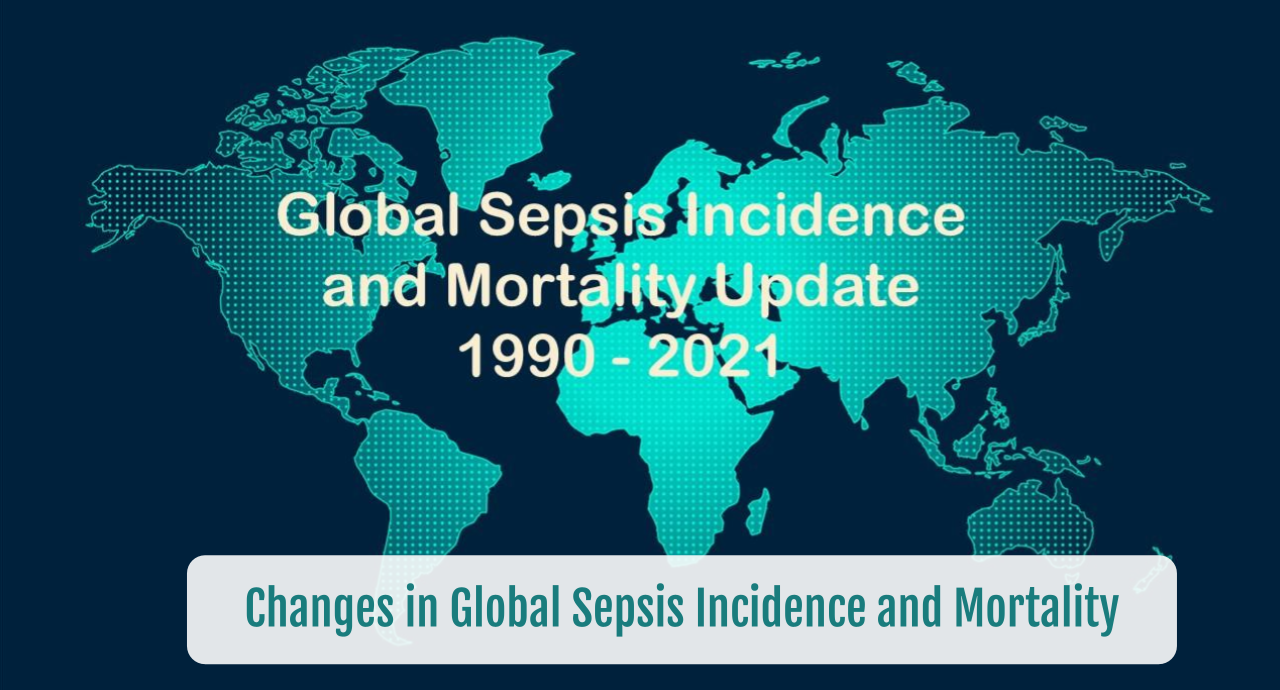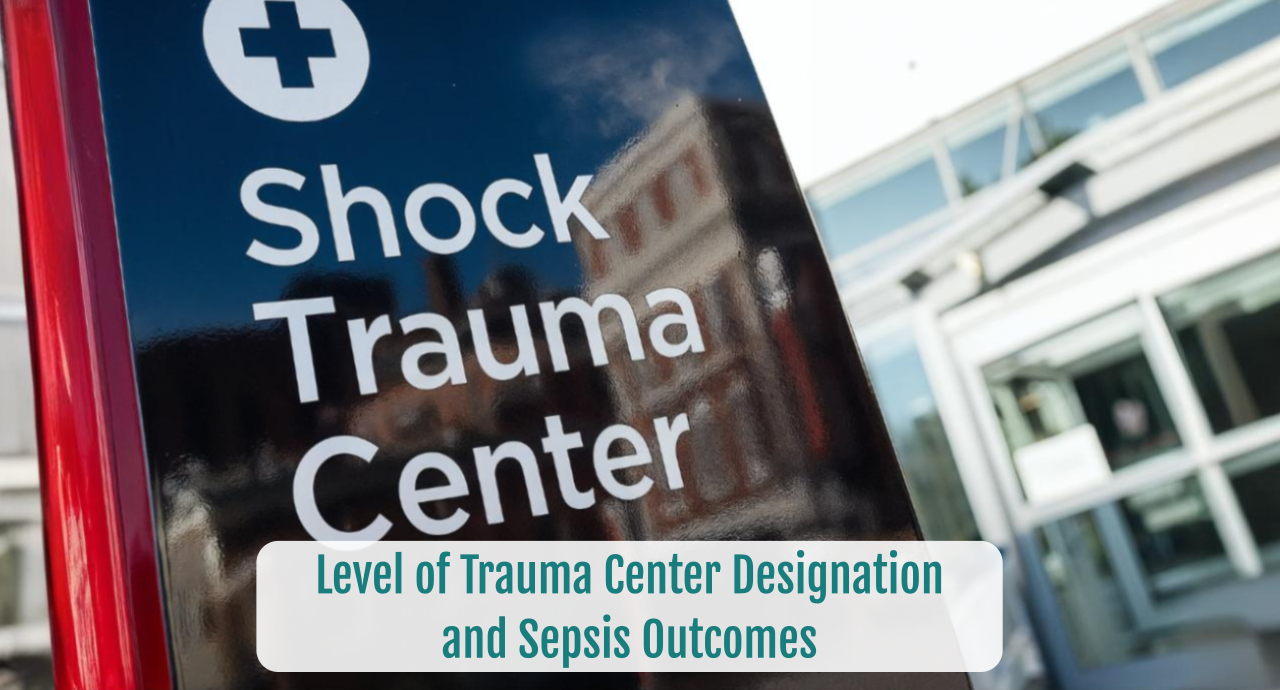Optimal Modes of Sepsis Care Delivery
Optimal Modes of Sepsis Care Delivery
SUMMARY
- The 2016 Surviving Sepsis Campaign guidelines (Sepsis-3) provided a new definition for sepsis, but also raised new questions.
- Recently the Sepsis-3 Research Committee listed priorities for further consideration.
- The only area focusing on sepsis administrative issues was on the optimal mode of care delivery.
REVIEW
1. Delays in diagnosis or initiation of effective treatment has poorer outcomes and greater costs.
a. However, early sepsis identification is challenging.
2. Sepsis improvement programs consisting of education and process change will improve outcomes
3. Protocols should include standard criteria
a. Protocols should not replace clinical judgement
b. Flexibility should be allowed.
4. Current approaches are sometimes controversial, therefore, incentivizing timely implementation can result in unnecessary treatments when the diagnosis is uncertain.
5. Team based strategies with clear responsibilities across specialties should be developed
6. Open communication and coordination of care help improve outcomes.
Areas For Future Improvement
1. There is limited understanding of which specific bundle item(s) provide the greatest contribution to outcomes.
2. Modeling the sepsis program in different environments based on local practices and patient specific conditions is needed.
3. Current detection/screening strategies are needed.
4. There is a lack of consistency in the approach to time-zero.
5. Endpoints with specific metrics should be identified and measured.
a. Results should be shared with all clinicians
b. Performance results should influence further improvement.
6. Developed protocols require validation.
7. Appropriate pre-hospital are to improve outcomes is unknown.
CONCLUSIONS
- Optimal sepsis care incorporates situational awareness, interdisciplinary collaboration and communication.
- Identification, collection, assessment and sharing of key metrics will improve program effectiveness.
- A program based on appropriate data management, alerting and knowledge of how bundles should work will lead to earlier detection and efficient and timely delivery of care.
To receive articles like these in your Inbox, you can subscribe to Sepsis Program Optimization Insights.
Erkan Hassan is the Co-Founder & Chief Clinical Officer of Sepsis Program Optimization where he designs & oversees the implementation of solutions to optimize sepsis programs.
To discuss your organization’s Barriers of Effective Sepsis Care, contact Erkan by phone (844) 4SEPSIS (844-473-7747), email (erkan@spo.icu), or video chat.





